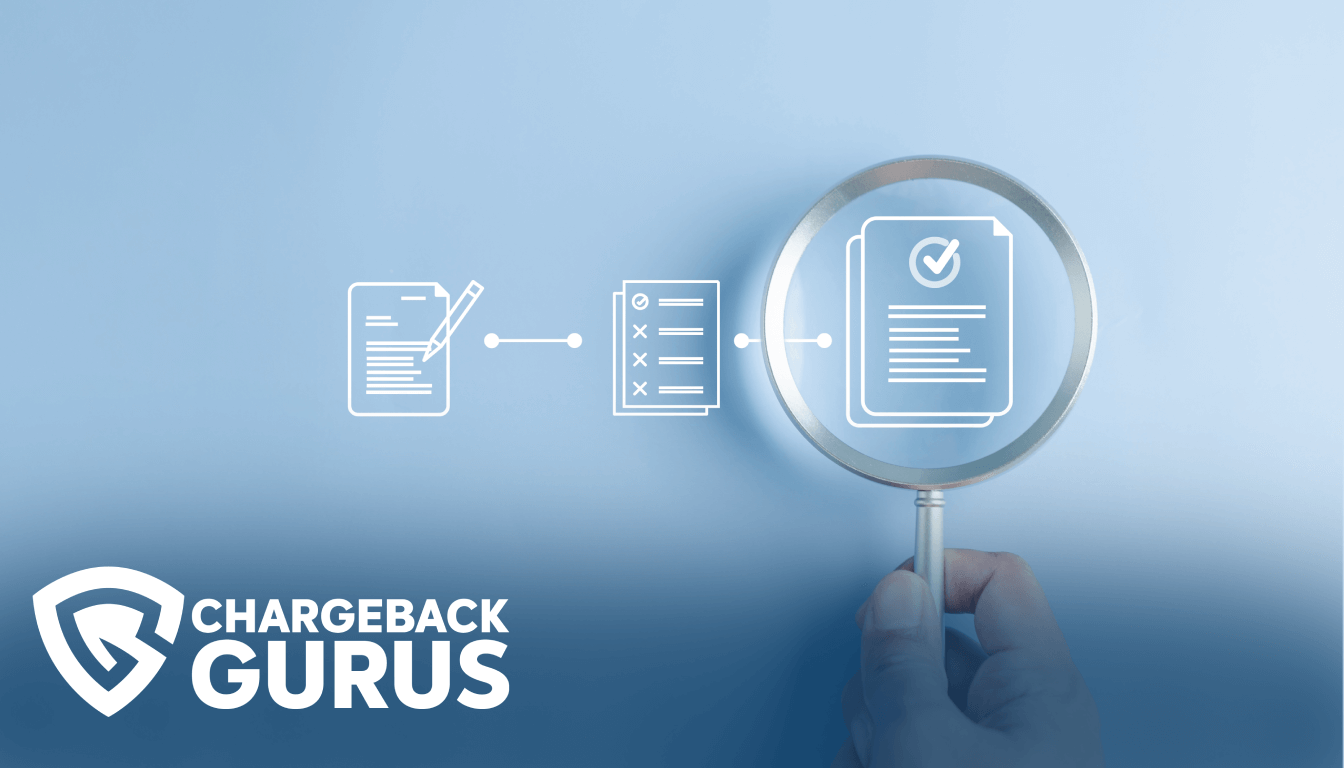Visa Chargeback Reason Code 10.2: Fraud

Table of Contents
- What is Visa chargeback reason code 10.2?
- What causes code 10.2 chargebacks?
- What's the time limit to respond to code 10.2 chargebacks?
- How can merchants fight code 10.2 chargebacks?
- How can merchants prevent code 10.2 chargebacks?
- About Visa chargeback reason codes
Merchants who receive a chargeback for a transaction placed with a Visa card may encounter reason code 10.2, which indicates an improperly authorized transaction that the cardholder does not believe they should be responsible for paying. The actual underlying cause of this chargeback may be true fraud, friendly fraud, or merchant error. Merchants who believe they have received an invalid chargeback under reason code 10.2 may be able to represent the transaction and reverse the chargeback with the right compelling evidence.
What is Visa chargeback reason code 10.2?
Visa chargeback reason code 10.2 falls under the “Fraud” category. The shorthand description is “EMV Liability Shift Non-Counterfeit Fraud.” This code indicates an unauthorized charge was made to a chip-and-PIN card in a card-present transaction.
This claim strongly suggests that the merchant processed a stolen card on a payment terminal without EMV chip capability, or used a chip-compatible terminal without PIN entry capability.
In addition to providing a way to detect counterfeit cards, the EMV chip standard adds stronger cardholder verification methods, such as PIN entry, that can prevent the use of stolen cards.
Under the rules of the EMV liability shift, merchants who don’t upgrade their payment terminals to take advantage of EMV technology and the protections it provides are responsible for certain chargebacks that may later occur.
What causes code 10.2 chargebacks?
This chargeback is usually caused by a fraudster with a stolen payment card targeting a merchant who doesn't have terminals capable of handling chip-and-PIN transactions. Fraudsters may also attempt to convince a merchant to swipe or manually enter the card instead of scanning the chip.
Merchant error is always a contributing factor in these chargebacks, as full compliance with the recommended EMV protocols would prevent the above scenarios from occurring.
Friendly fraudsters may also opportunistically capitalize on non-compliant merchants by disputing legitimate charges, knowing that the EMV liability shift means that the merchant will be on the hook for the chargeback.
What's the time limit to respond to code 10.2 chargebacks?
The acquirer or merchant has 30 days to respond to a chargeback filed under reason code 10.2.
How can merchants fight code 10.2 chargebacks?
Merchants can fight this chargeback if they have evidence proving that the transaction was authorized and processed correctly or that they have already issued a refund for the transaction.
Your chargeback response should include at least one of the following items:
- If the transaction was made at a terminal that was both EMV chip and PIN compatible, provide documentation showing that the transaction was correctly authorized and processed.
- If you have already processed a refund for the transaction in question, provide documentation that proves you have credited the cardholder’s account.
- If you have resolved the issue directly with the cardholder, provide proof, such as written correspondence, that proves they no longer wish to dispute the charge.
How can merchants prevent code 10.2 chargebacks?
Merchants can prevent code 10.2 chargebacks by having terminals that are compatible with chip-and-pin transactions and by requesting another payment method if a chip transaction fails rather than using the magnetic stripe.
The EMV standard prevents the use of counterfeited or stolen cards and has proven highly effective at reducing card-present fraud. It is in every merchant’s best interests to take advantage of this.
The following best practices can help you avoid this kind of chargeback:
- Upgrade or replace all of your payment terminals for EMV and PIN capability.
- Always follow the recommended procedures for processing EMV chip transactions.
- Always obtain proper authorization approval and an electronic or manual imprint for every card-present transaction
- Always use the appropriate cardholder verification method for the transaction.
- Train your staff on how to process card-present transactions correctly.
- Make sure your payment processing system is working correctly and configured to submit the full set of required data for all authorization approval requests.
About Visa chargeback reason codes
Reason codes are alphanumeric codes that provide the justification for granting a chargeback. Pursuant to the Fair Credit Billing Act of 1974, cardholders have the right to dispute unauthorized or erroneous charges, and issuing banks must reverse a disputed transaction if the cardholder’s claim is valid.
When a cardholder contacts their issuing bank to dispute a transaction and receive a chargeback, the dispute is assigned a reason code that most closely matches the substance of the cardholder’s claims. The reason code provides the merchant and other stakeholders in the dispute with a concise explanation for why a chargeback has been granted.
Each card network—Visa, Mastercard, American Express, and Discover—defines and maintains their own unique set of reason codes, which are applied to disputes by the banks that issue credit and debit cards under their brands.
Visa specifies 46 reason codes under the categories of Fraud, Authorization, Point-of-Interaction Error, Consumer Disputes, and Processing Errors. Visa uses a numeric scheme for its chargeback reason codes.
Understanding chargeback reason codes is one of the most essential parts of effective chargeback management. Identifying the chargeback reason code and the evidence required to fight it is the first step in chargeback representment, and analyzing your chargeback reason codes can provide you with insights into what types of disputes are causing you the most trouble. With this information, you can determine the root causes of your chargebacks and take action to prevent them from reoccurring.


